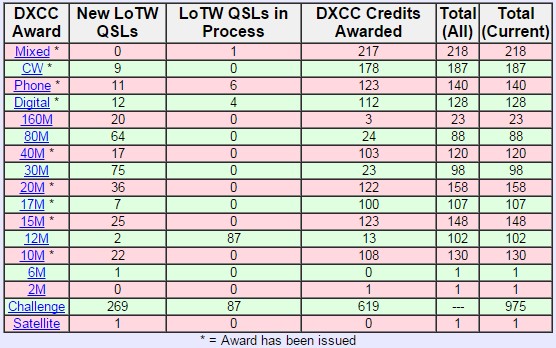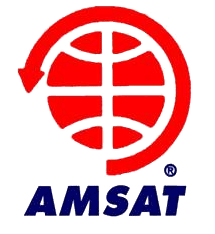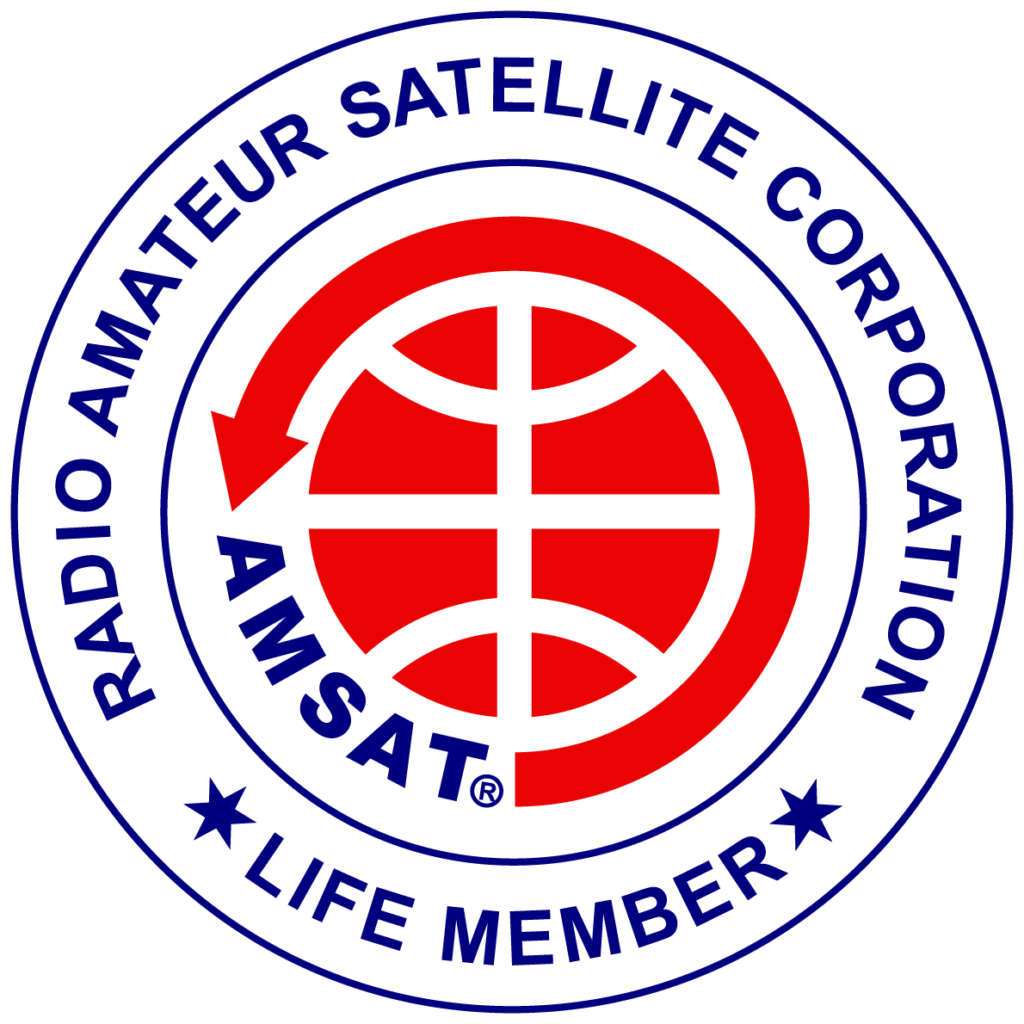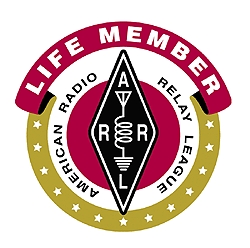Sort of boring to talk about this, but I’m frankly shocked at how quickly things have been moving. Lots of decent DX to fill out band-points – probably Europeans escaping the cold!
Online OQRS requests from S01WS and T77C should complete 30-Meter DXCC, plus boost my Challenge score to 983.
This rate can’t continue, but maybe by spring I’ll only be lacking 80-Meter DXCC.










Hello Robert,
I’m Keith W6SIY. I’ve been DXing since 1982, with 293 confirmed now, and 208 confirmed on 4 watts QRP. In March 2013, LOTW showed I was close to having single band DXCC confirmed on 40, 20, 15, and 10 meters. My dxing was getting very slow, and I decided to try for DXCC on each of the WARC bands and on 80 meters for my 5BDXCC. My QRZ.com page shows my current standings and some station information. I worried some about sunspots peaking before I finished up 12 meters, but it turned out to be no problem. I now have DXCC on each of the WARC bands, but I’m still struggling on 80 with 76 worked and 75 confirmed. The last two I picked up on 80 were St Kitts V4 and Honduras HR on Nov 29 in the CQ WW CW contest.
I’m on a city lot with a 22 foot tall inverted “L” wire antenna for 80 M. It has also been my antenna for the WARC bands. Europe on 80 M is tough from the W. Coast with 100 W- I think I have 5 EU confirmed. December conditions for 80 seemed very poor to me, and it has continued into January. I think it is due to lots of disturbances to propagation on the declining part of the sunspot cycle. I hear the CA stations working LP to EU every morning, but can’t hear the DX stations with my S5 to S6 noise level. I had hopes of working HH5/KC0W, now on Haiti, until I saw he is running 500 W and has an s9++ noise level. Many of the announced dxpeditions either do not show up on 80, or have very little activity there. I wonder what your experience has been on 80, and what your equipment/antenna setup is. I think I started my 80 meter effort at about the worst spot in the sunspot cycle, and that it may take me till the next sunspot minimum to finish up my 80 M DXCC! I’d be glad to hear any ideas, words of wisdom, or whatever on 80 DXing! 73, Keith W6SIY
Hey Keith!
Wow, your results are fantastic, much more impressive than mine, but I see we are both struggling with 80 meters.
I was lucky enough to snag HH5/KC0W in Haiti just a couple of days ago, but that’s much easier for me as it is a direct North/South path (plus I don’t have to fight my way through all of North America to get there). Like you I have been focusing on the higher frequency bands, trying to finish those before the solar cycle collapses. I also expect that 80 Meter DX will be far easier with reduced solar activity — that solar absorption is a real killer at 3.5 MHz. We are mirrors of each other — I can’t work Asia to save my life, and you have issues with Europe.
As for my antenna, I’m using a wire loop. In my case it is 450 feet +/- in diameter. Wire loops seem to work better at lower heights than dipoles, plus they are MUCH quieter than a dipole. The fact that a loop is a short at DC helps, and that seems to help attenuate noise from storms somewhat. Plus it is a balanced antenna, which means you can feed it with lower loss ladder line (I use a short run of coax to a balun). While received signals tend to be lower (S-Unit wise) the noise floor drops even faster, so the net is an improvement in signal-to-noise.
An 80 Meter wire loop would be 240 feet in diameter. That’s about 60 feet on a side if you made it square. The shape isn’t important, if you have less frontage, then maybe make a rectangle. You can make it smaller if you have to — you can still tune it on 80 meters (with a decent antenna tuner) even if it was about 80% of that ideal length (so 192 feet, or 48 feet on a side). Finally you can generally tune a loop on the higher frequency bands and it will work quite well. Everything I’ve done with DXCC and WAS has been on that wire loop. Lots of it at 5 watts output too (the first 100 countries were for sure).
I will keep my fingers crossed for both of us Keith! Congratulations on all your DXCC accomplishments with your wire antenna!
73, Bob, WB4SON
Everyone who has used a loop antenna is always shocked at how well they work.
Hi Bob,
In December, I only recorded one 3-hour period with a K index of zero. Starting January 12, there have been 4 periods with K=0, including 2 on Dec 18 UTC. December 17 also had a low sunspot count of 49. Conditions on 80 are looking better.
On Dec 17 UTC, I heard 3 DXCC stations I still need on 80 M – HH, HP, and FK. However I was not successful in working any of them. It is very nice to at least have some opportunities, though.
Last night, Dec 18 UTC, I happened to be listening on the radio at 1040 UTC when HH5/KC0W QSY’d from 40 to 80 meters. There were a handfull of callers, including JAs, but I got him at 1103. Initially, he had W6 Y, but after I sent my call once on the hand key with heavy weighting, he came right back to W6SIY. Lots of dits in my call, and yours also, that can get missed in QRN. That technique has helped me several times.
This morning, another new one was heard from 1508 to 1525 UTC – VR2XAN. Again, a handfull of polite callers, so I got several chances to call in the clear. But no luck. He had a clearly readable signal.
Here are my 80 meter DXCC confirmed by continent boundaries:
NA 29 including Cent Am and Carrib; HH will be #30
SA 7 but only CE HC and HK on the mainland
AS 7 including 9V, BY, HL, HS, JA, JD Ogasawara, and UA9
OC 22 plus DU worked, but not confirmed yet
EU 5 including CT, CU, F, HA, OK
AF 5 including CN, CT3, D4, V5 and FT/Z Amsterdam
So, Asia is still tough from here. I’ve had 3 QSOs with V5 on 80, but no others from the southern part of Africa. Also, I’m very surprised I was able to work the Amsterdam Island dxpedition; I understand it was very tough from the East Coast on the low bands. I’m running out of new DXCC to work in NA and OC; just have to wait for dxpeditions and contests. Many of my contacts were just barely able to hear me, and many of them were also barely above the noise here.
How high up is your horizontal loop? One of the guys on the 40 meter QRP Western States Net uses one, and he hears well. I tried raising the top of my inverted “L” up to 35 feet on a separate pole, but then the other 30 feet slopes down very steeply to my 15 foot pole across the yard. I think it would help if I had a higher support to keep the “horizontal” part of the “L” flatter, so it doesn’t cancel out so much of the vertical part.
My antenna used for 20/15/10 meters is a small 2-element HQ-1 MiniQuad (tri-band yagi) at 24 feet. On 40, I use a 40/20 meter dipole, made of galvanized stranded guy wire, for survivability. It is 18 feet high on one side; the other half slopes down to about 6 feet at the end. The 20 meter dipole is at right angles from the same feed, with inverted “V” shape. The antennas I’ve described have been the only ones used for all my DXing, and all at this QTH in the CA desert.
Good luck on 80 and congratulations for your success on the other bands.
73, Keith